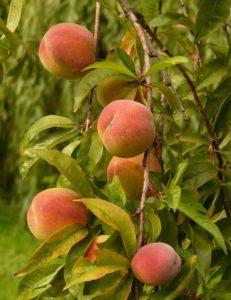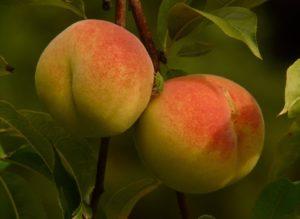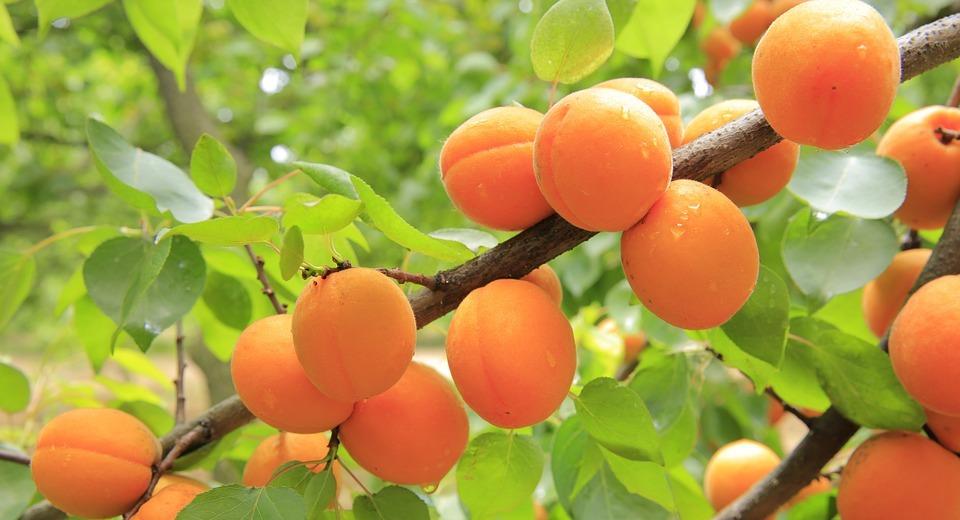Fruit trees are susceptible to a different set of problems than other trees. For instance, a certain fungal infection called “black knot disease” will attack plum, cherry, apricot, and peach trees. What is this problem, and how does it hurt fruit trees?
What Is Black Knot Disease?
Black knot is a widespread fungal disease that only affects trees of the genus Prunus, which includes peach, plum, apricot, and chokecherry. This disease occurs when knots “wake up” from winter  during damp spring conditions, releasing spores into the air and on the surface of the tree. This usually starts when the average temperature hits 15 degrees or higher. Spores move to other parts of the tree, and depending on the breezes, they can travel to nearby fruit trees. The spores germinate on stems where new leaves begin growing, and they form small bulges the colour of olives.
during damp spring conditions, releasing spores into the air and on the surface of the tree. This usually starts when the average temperature hits 15 degrees or higher. Spores move to other parts of the tree, and depending on the breezes, they can travel to nearby fruit trees. The spores germinate on stems where new leaves begin growing, and they form small bulges the colour of olives.
As the spores swell, they grow darker, wartier, and easier to spot. At its latest stage, black knot disease wraps up branches and stems in hard, black galls. It develops slowly, and it can take a full season before the galls become noticeable. But when it does grow to such a size, it can spread widely and send out spores that infect other trees. At this point, good pruning and chemical treatments may not be enough to save the tree, no matter how careful the pruner is not to spread spores through their tools.
Many tree owners do not detect these bulges in their early stages because the leaves can hide them. But if the fungus is left to grow unchecked, black knot disease strangles new growths, encloses branches, affects fruit production, and eventually causes the tree to wither and die. Insects and other plant diseases use the galls as entries into the tree, too.
How Can You Control Black Knot Disease?
 The best way to stop the spread of black knot disease and save your fruit trees is to catch the infections as soon as they start. This means identifying the infection before the disease can establish itself on the tree. Some fungicide treatments can protect the trees, and you can find organic options to keep chemicals off your fruit. Fungicides go a long way to protect against black knot disease, but they are unlikely to be effective if you don’t also prune the affected branches.
The best way to stop the spread of black knot disease and save your fruit trees is to catch the infections as soon as they start. This means identifying the infection before the disease can establish itself on the tree. Some fungicide treatments can protect the trees, and you can find organic options to keep chemicals off your fruit. Fungicides go a long way to protect against black knot disease, but they are unlikely to be effective if you don’t also prune the affected branches.
Once you notice the black bulges beginning to form, carefully prune off and dispose of the infected branches. Make sure to clean every pruning tools as you use them, mixing a 1/2 cup of bleach for every gallon of water. Wipe the tools after every cut and leave your pruning blades in the solution for three to six minutes when you’ve finished the job.
Some species of fruit trees are less susceptible to black knot disease: for example, some Japanese plum trees are less likely to suffer from it than American varietals. Varieties that are susceptible to the fungus in a humid southern climate may be less so in a dryer or cooler climate. Talk to our expert team of arborists when planning your fruit tree planting, or if you suspect that black knot disease is taking over trees on your property!

